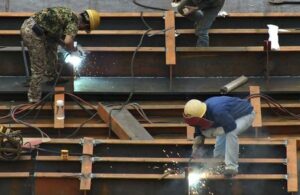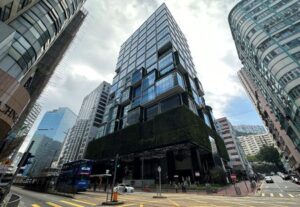TOKYO (Reuters) – Japan’s factory activity contracted at a slower pace in August thanks to a recovery in output and new orders, a private-sector survey showed on Monday, offering some hope for an economy that is starting to find its feet.
The final au Jibun Bank Japan manufacturing purchasing managers’ index (PMI) rose to 49.8 in August versus 49.1 in July, and was up from 49.5 reported in the flash reading. It remained below the 50.0 threshold that separates growth from contraction for two straight months.
“The headline reading came close to stabilisation during August amid a renewed rise in production and a softer fall in new order intakes,” said Usamah Bhatti at S&P Global Market Intelligence.
The output subindex expanded in August to its highest level since May 2022, reversing from contraction in July. Recovery in new orders and the mass production of new products helped boost output.
New orders shrank modestly due to tepid demand in both domestic and overseas markets but the pace of decline slowed from July. Some firms also mentioned overstocking and weak investment from clients.
Sluggish demand from key export markets such as China and South Korea weighed on new exports, which contracted to the lowest level in five months.
The weaker overseas demand is a worry for policymakers but a recovery in consumption has provided a boost to the economy, underpinning expectations the Bank of Japan will keep raising interest rates as it exits a decade-long massive stimulus programme.
The PMI showed input prices grew to the highest level since April 2023 as the softer yen and higher prices of raw material boosted inflation, an issue closely watch by policymakers
amid pressure on households from the rising cost of living.
Firms raised output charges to customers, though at the softest rate since June 2021.
“Prices data remained stubbornly high in August, providing further evidence of inflation picking up amid reports of a broad-based rise in input prices,” said Bhatti.
Still, firms remained confident about their business outlook with manufacturers expecting a rise in sales and demand for sectors such as auto and semiconductors.
Others also see a broad recovery in demand and economic growth, a hopeful signal for BOJ policymakers as they chart the monetary course over the next year.
(Reporting by Kaori Kaneko; Editing by Shri Navaratnam)





